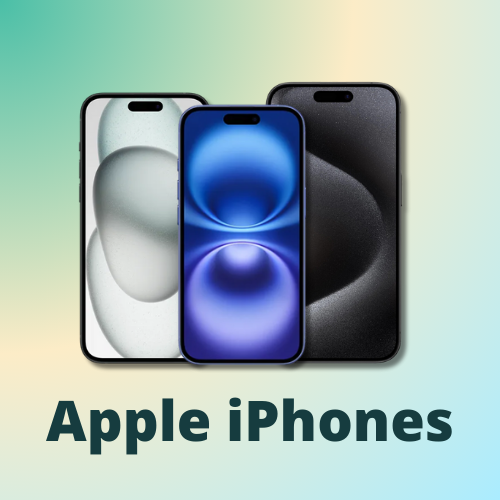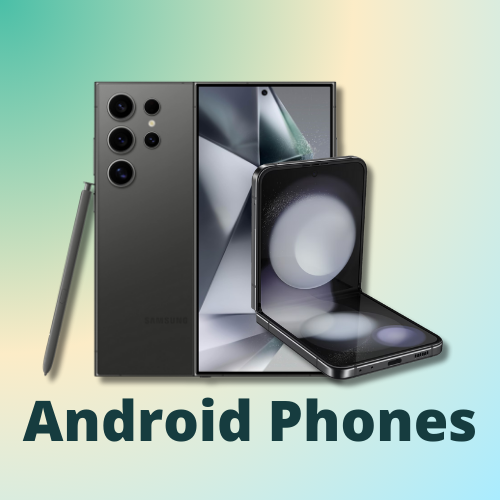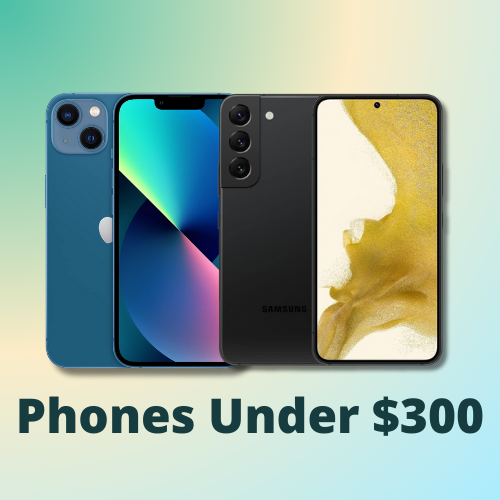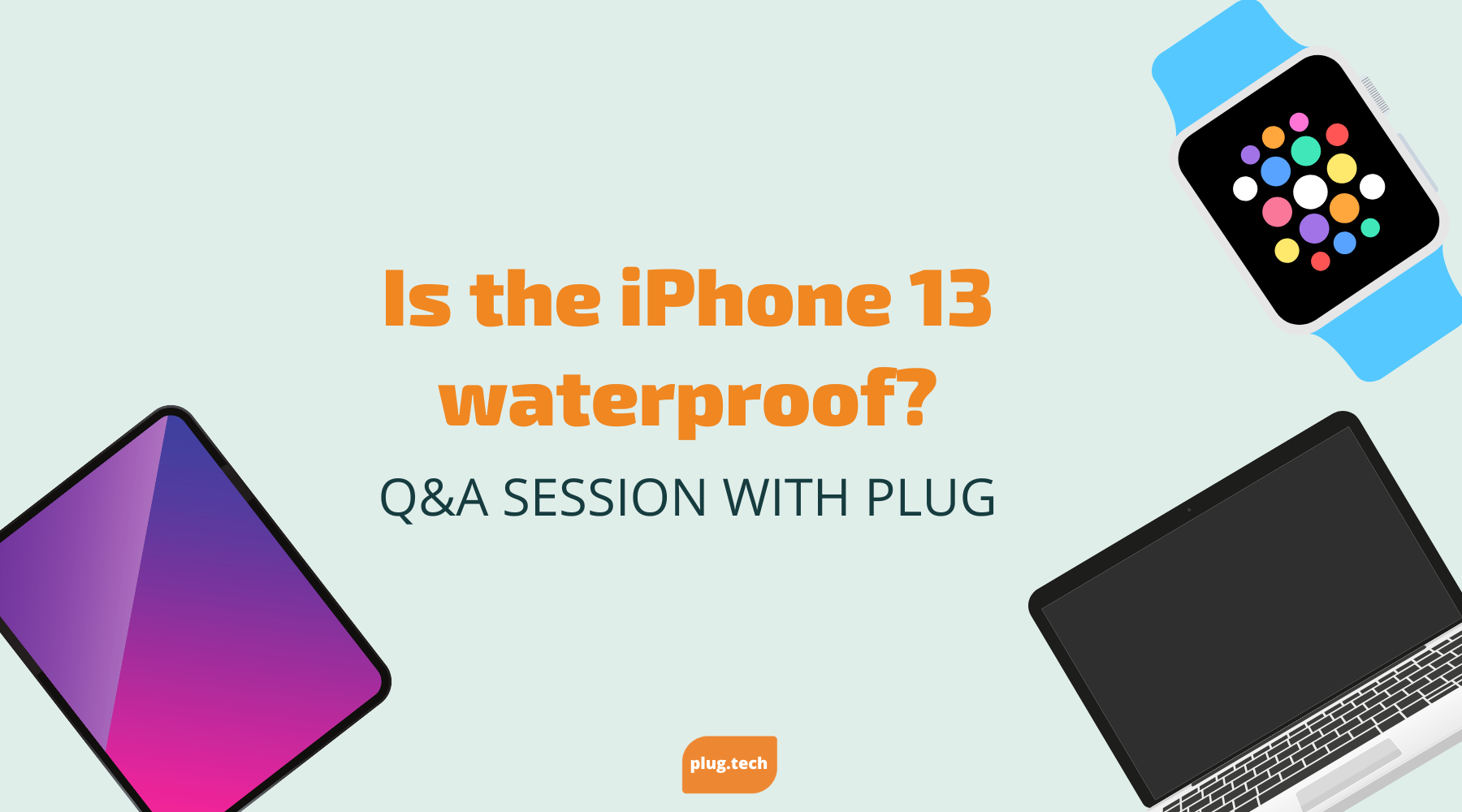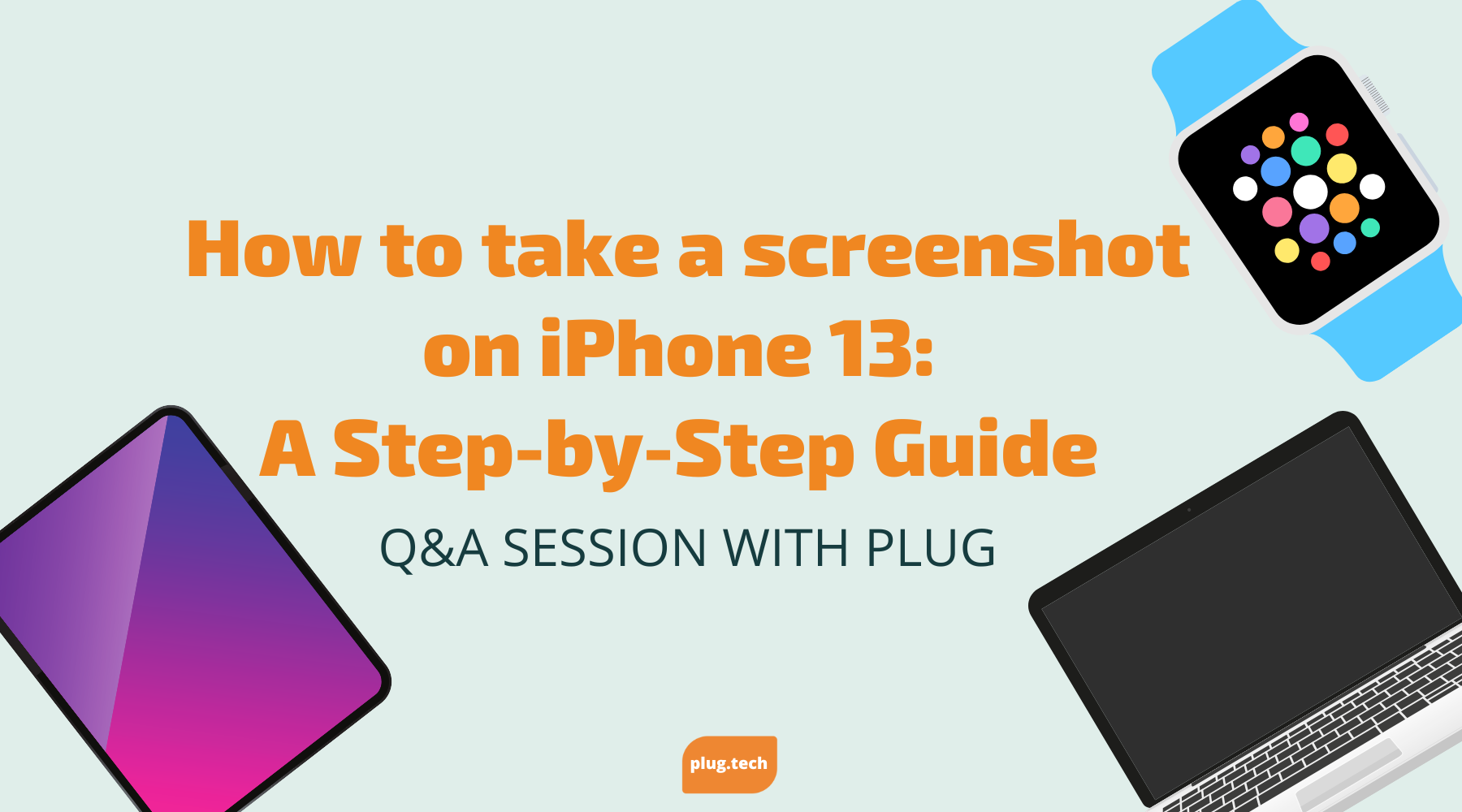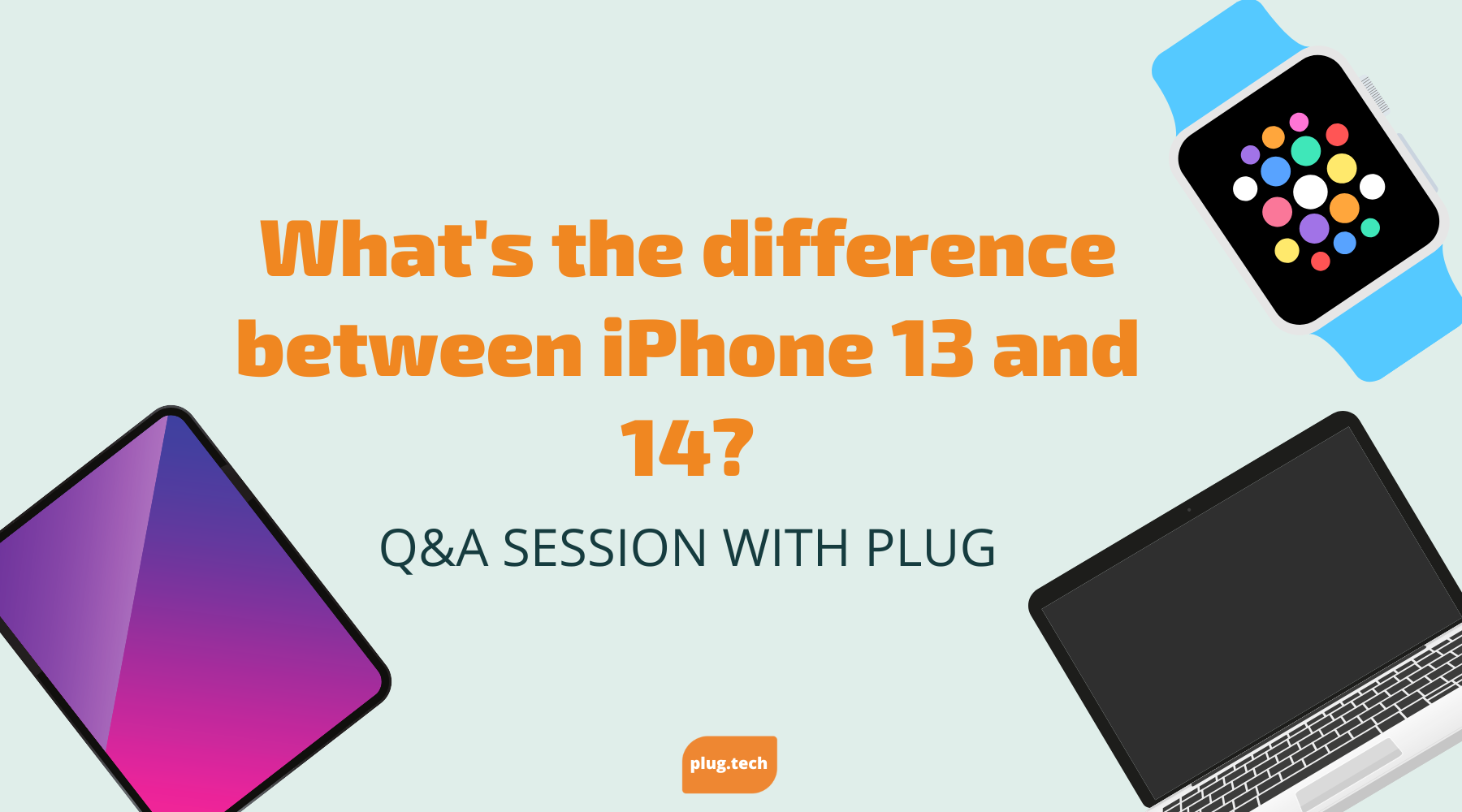Is the iPhone 13 Waterproof?
The iPhone 13 is the latest smartphone from Apple, and like its predecessors, it's packed with top-of-the-line features. But one question that's on many people's minds is whether the iPhone 13 is waterproof. In this article, we'll explore the water resistance features of the iPhone 13 and what they mean for you.
Understanding Water Resistance in Smartphones
Before we dive into the specifics of the iPhone 13's water resistance, it's important to understand what water resistance means in the context of smartphones.
Water resistance is a feature that protects your smartphone from water damage. It's a great feature to have, especially if you like to take your phone with you to the beach or pool. But it's important to remember that water resistance doesn't mean your phone is completely waterproof.
The International Protection (IP) rating is a measure of how water-resistant a device is. It's a two-digit number that indicates the level of protection provided against solid objects and liquids. The first digit represents protection against solids, and the second digit represents protection against liquids.
For example, an IP68 rating means the device is dust-tight and can be submerged in up to 1.5 meters of water for up to 30 minutes.
What is an IP rating?
The IP rating is an important factor to consider when purchasing a smartphone. If you plan on using your phone in wet conditions, you'll want to look for a device with a high IP rating.
It's important to note that the IP rating only applies to fresh water. If your phone is exposed to salt water or other liquids, it may not be protected.
How water resistance works in smartphones
Water resistance in smartphones is achieved through a combination of design and technology. The device's internal components are coated with a waterproof material, and the exterior of the phone is designed to prevent water from entering the device.
Some smartphones also have special features, such as waterproof seals around the buttons and ports, to provide additional protection against water damage.
It's important to remember that water resistance is not a guarantee against water damage. If your phone is exposed to water for an extended period of time or if it's dropped in water, it may still sustain damage.
If your phone does get wet, it's important to turn it off immediately and let it dry completely before turning it back on.
In conclusion, water resistance is an important feature to consider when purchasing a smartphone. It can help protect your device from water damage, but it's important to remember that it's not a guarantee against all types of water exposure.
iPhone 13 Water Resistance Features
The iPhone 13 has several features that contribute to its water resistance. This is great news for those of us who have accidentally dropped our phones in the sink or pool!
IP rating of the iPhone 13
The iPhone 13 has an IP68 rating, which means it's resistant to water splashes, dust, and dirt. This rating is a significant improvement from the previous models, which had an IP68 rating. With this rating, the iPhone 13 can withstand immersion in up to 6 meters of water for up to 30 minutes. This means that if you accidentally drop your phone in the pool or bathtub, you don't have to worry about it being ruined.
Design elements contributing to water resistance
The iPhone 13's water resistance is also due to its design elements. The phone's components are tightly packed, which prevents water from seeping into the device. Additionally, there are seals around the ports to prevent water from getting in. This means that you don't have to worry about water damage when you're charging your phone or listening to music in the rain. The phone also has a ceramic shield front cover that provides additional durability and protection. The ceramic shield is tougher than any smartphone glass, which means that your phone is less likely to crack or shatter if you drop it.
Limitations of iPhone 13's water resistance
Although the iPhone 13 is water-resistant, it's important to note that water resistance is not the same as waterproof. The device can withstand accidental spills and immersion in water, but it's not meant to be fully submerged for an extended period of time. This means that you shouldn't take your phone swimming with you or use it to take underwater photos. Additionally, water damage may not be covered under warranty, so it's important to take care of your phone and avoid exposing it to water whenever possible.
In conclusion, the iPhone 13's water resistance features are a significant improvement from previous models. The IP68 rating, design elements, and ceramic shield front cover all contribute to making the phone more durable and resistant to water damage. However, it's important to remember that the phone is not waterproof and should not be fully submerged in water. By taking care of your phone and avoiding exposing it to water whenever possible, you can ensure that it lasts for years to come.
Comparing iPhone 13's Water Resistance to Previous Models
The iPhone 13's water resistance is an improvement over previous models. This is great news for anyone who has ever accidentally dropped their phone in a puddle or spilled a drink on it. With the iPhone 13, you can rest assured that your phone is protected from water damage.
But just how much of an improvement is the iPhone 13's water resistance over previous models? Let's take a closer look.
iPhone 12 water resistance
The iPhone 12 had an IP68 rating, like the iPhone 13, but it could only withstand immersion in water for up to 30 minutes at a depth of 4 meters. While this was certainly an improvement over earlier models, it still left some room for improvement.
One of the major differences between the iPhone 12 and the iPhone 13 when it comes to water resistance is the depth to which they can be submerged. The iPhone 13 can withstand immersion in water for up to 30 minutes at a depth of 6 meters, which is a significant improvement over the iPhone 12.
Evolution of water resistance in iPhones
Apple has been improving the water resistance features of its iPhones with each new release. The iPhone 7 was the first iPhone to have water resistance, with an IP67 rating. This meant that it could withstand immersion in water for up to 30 minutes at a depth of 1 meter.
Subsequent models, including the iPhone 8, iPhone X, iPhone XS, and iPhone 11, all had similar water resistance ratings to the iPhone 7. However, with the iPhone 12, Apple made a significant leap forward by improving the depth to which the phone could be submerged.
Now, with the iPhone 13, Apple has continued to build on this progress by further improving the phone's water resistance. This is great news for anyone who wants to take their phone with them to the beach or pool without having to worry about water damage.
In addition to its improved water resistance, the iPhone 13 also has a number of other impressive features, including a new A15 Bionic chip, improved cameras, and longer battery life. All of these features combine to make the iPhone 13 one of the most impressive smartphones on the market today.
How to Protect Your iPhone 13 from Water Damage
While the iPhone 13 is water-resistant, it's still a good idea to take precautions to protect your device from water damage. Water damage can not only affect the functionality of your iPhone 13 but also void its warranty.
Here are some tips to help you avoid water damage to your iPhone 13:
Using protective cases
One way to protect your iPhone 13 from water damage is to use a waterproof or water-resistant case. These cases can provide additional protection against water and other elements. There are many types of protective cases available in the market, ranging from slim to bulky, to cater to your style and needs. Some cases even come with added features like screen protectors and shock absorption.
Tips for avoiding water exposure
Another way to protect your iPhone 13 is to avoid exposing it to water whenever possible. This means keeping it away from bodies of water and avoiding using it in the rain. If you must use it in the rain, try to cover it with an umbrella or a waterproof sleeve. It's also important to be careful when using your iPhone 13 around water, such as when you're on a boat or at the beach. Accidents can happen, and it's best to be cautious.
What to do if your iPhone 13 gets wet
If your iPhone 13 does get wet, it's important to act fast. Remove it from the water immediately and dry it off as much as possible. Avoid turning it on until it's completely dry. You can use a dry cloth or towel to gently wipe the exterior of the phone, but avoid using any heat sources like a hairdryer or microwave, as this can damage the phone's internal components.
Another option is to place your iPhone 13 in a bag of uncooked rice or silica gel packets. These materials can help absorb the moisture from the phone. Leave it in there for at least 24 hours before attempting to turn it on again.
In conclusion, taking precautions to protect your iPhone 13 from water damage can save you from the hassle and cost of repairing or replacing your device. By using a protective case, avoiding water exposure, and knowing what to do if your iPhone 13 gets wet, you can keep your phone safe and functional for longer.
Warranty and Water Damage
It's important to understand the warranty policy for water damage when it comes to the iPhone 13.
Apple's warranty policy on water damage
Apple's warranty does not cover water damage to your iPhone 13. If your device is damaged by water, you may need to pay for repairs out of pocket.
How to check for water damage
If you suspect your iPhone 13 has water damage, you can check for signs such as a waterlogged headphone jack or charging port. Additionally, you may notice condensation under the display or a change in screen color.
Repair options for water-damaged iPhones
If your iPhone 13 does have water damage, you have several repair options. You can take it to an Apple Store, an authorized reseller, or a third-party repair shop. Costs and repair times will vary depending on the extent of the damage.
Conclusion
The iPhone 13's water resistance is a valuable feature that can protect your device from accidental spills and exposure to elements. However, it's important to remember that water resistance is not the same as waterproof, and taking precautions to protect your device is still necessary. By understanding the features and limitations of the iPhone 13's water resistance, you can make informed decisions about how best to protect your device.


